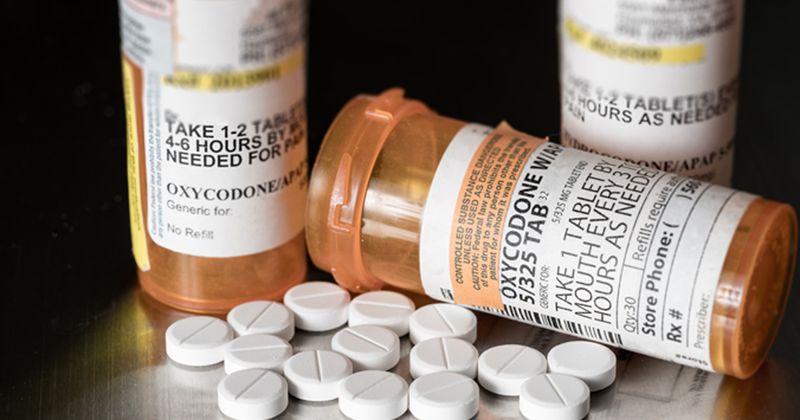CancelRx linked to ‘immediate, persistent’ reduction in medication dispensing
Key takeaways:
- Overall, 34% of medications dispensed after discontinuation pose a risk for causing harm.
- Although it reduced dispensing, CancelRx did not eliminate it completely.
The implementation of CancelRx was associated with “an immediate and persistent reduction in the proportion of e-prescriptions” that were sold after they had been discontinued in electronic health records, according to researchers.
Samantha I. Pitts, MD, MPH, an assistant professor of medicine at Johns Hopkins University School of Medicine, and colleagues wrote that 1.5% to 5% of medications are dispensed after discontinuation in the EHR, “with 34% meeting criteria for high risk of potential harm.”

CancelRx is a health IT tool that allows EHRs to send cancellation messages for e-prescriptions to a pharmacy — “a process similar to e-prescribing” but one that is “underused,” the researchers wrote.
“The association of CancelRx with medication dispensing has only been measured in a pilot study,” they wrote in JAMA Internal Medicine.
Aiming to build on that research, Pitts and colleagues conducted a case series with interrupted time series analysis on patients who had at least one medication e-prescribed in ambulatory care to a pharmacy and discontinued a year after CancelRx implementation from Jan. 15, 2018, to Dec. 7, 2019.
Overall, 53,298 e-prescriptions for 17,451 patients were identified. After CancelRx implementation, 85.9% of the discontinued e-prescriptions resulted in a CancelRx transaction.
They found that the proportion of prescriptions dispensed after discontinuation decreased from 8% at baseline to 1.4% (P < .001) without a significant week-to-week trend (P = .37).
The implementation “also reduced variation by pharmacy and by medication class in the proportion of medications dispensed after discontinuation in the EHR, with the greatest reductions among immunosuppressants, anticoagulants and antiplatelet drugs and cardiovascular medications,” the researchers wrote.
However, discrepancies were not completely eliminated with CancelRx.
“Most of the continued dispensing was likely the result of the EHR not sending a CancelRx transaction,” Pitts and colleagues wrote.
They reported that there are still several steps needed to maximize the safety benefits of CancelRx, which include:
- health systems and pharmacies enabling the CancelRx transaction;
- vendors ensuring that the outcome of the transaction is visible to prescribers in real-time; and
- that information, like intended medicine regimens and the intent of the prescriber’s discontinuation of medicine, be provided by the EHR to pharmacists.
Ultimately, the findings suggest “that widespread implementation of CancelRx could significantly improve medication safety through the reduction of medication dispensing after discontinuation by prescribers,” the researchers concluded.

